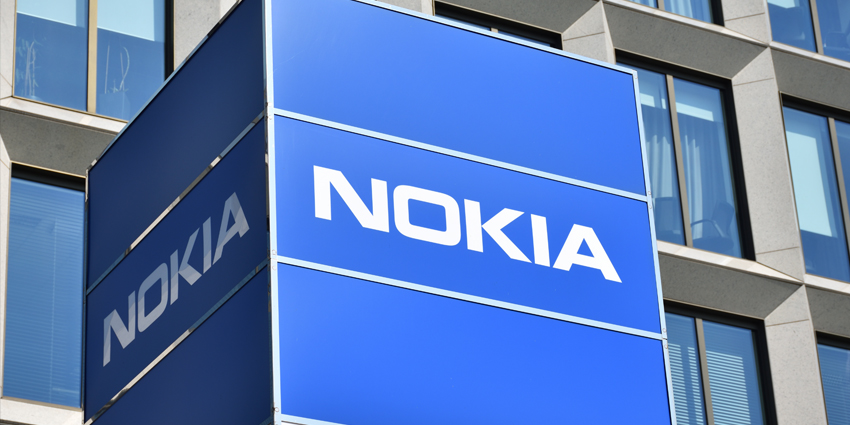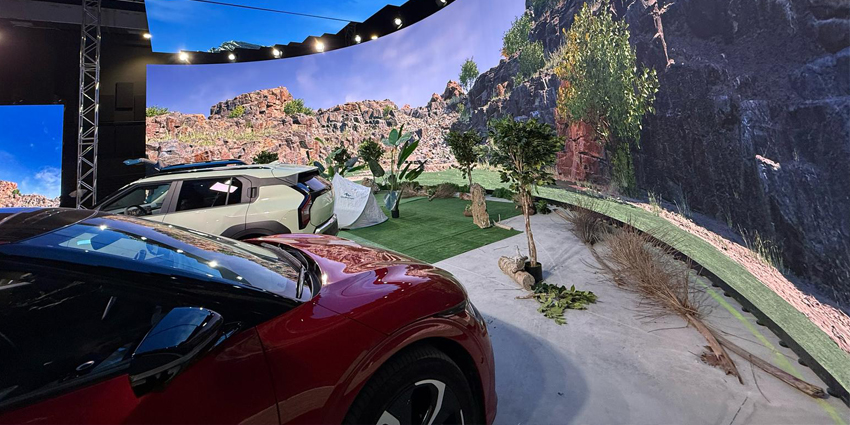The retail world is changing drastically with the rise of Web 3, the Metaverse, and XR solutions. Digital shopping experiences are growing more appealing to the broader consumer market thanks to engaging new immersive services.
Moreover, many businesses and brands now embrace a “hybrid” approach to sales, which leverages immersive services to provide new CX avenues for in-store and online buyers’ journeys.
XR solutions provide retailers with a unique ability to enhance the buyer journey for their target audience. Retailers can use VR to maintain buyer retention and give them demonstrations of complex products.
AR solutions also can help buyers visualize what products might look like in real-world scenarios. Many online retailers are leveraging AR for virtual try-on and furniture placement tools.
Equally, the Metaverse is proving a healthy test-bed for retail experimentation. From fashion to real estate, Metaverse solutions can also provide a space to engage with consumers regardless of location.
The Potential for AR, VR in Retail and E-commerce
All kinds of companies in vertical markets, such as manufacturing brands, enterprises, and engineering facilities, are taking advantage of the XR landscape’s innovative experiences.
Retailers and e-commerce brands are no exception; the market is a frontrunner in leveraging immersive CX solutions.
Through XR, retailers can provide their customers with information and insights into the products and services they want to purchase. Moreover, AR tools can provide RT3D digital twins of items for customers to “try” before they buy.
VR technology allows for immersive user manuals, demonstrations, and onboarding processes. Some of the most significant benefits of XR in retail and eCommerce may include the following:
AR VR in eCommerce, Increased Profits and Lower Returns
XR solutions allow customers to test the products they might want to purchase from eCommerce stores without seeing the item in person.
This may remove frictions that might otherwise prevent a consumer from completing an online transaction, such as understanding if a piece of furniture will fit in a buyer’s home using AR placement technology.
More importantly, for retailers and eCommerce companies that don’t have items in stock to show a customer, XR solutions can reduce returns by giving customers a clearer idea of what they can expect to receive via digital twins.
Employee training
As consumer expectations evolve and become increasingly demanding, business leaders must constantly “upskill” and “reskill” their staff with the correct information.
VR training sessions can help employees to develop some of the soft skills they need to enhance customer satisfaction. Business leaders can train their teams to deal with complex interactions in an immersive and realistic format.
Recently, firms such as Virtualspeech are adopting ChatGPT technology to enhance VR training across verticals.
Enhanced Collaboration
The average eCommerce or retail environment is brimming with various employees from versatile backgrounds. Some team members are responsible for dealing with customers on the shop floor, while others are involved in product research, development, or sales.
All of these staff members need to be able to work together cohesively to generate success. XR solutions can bring teams together in immersive environments to bond and share ideas.
Whether through wearables or software, immersive collaboration tools can enhance workplace collaboration to assist workers in completing operations efficiently.
Improved Customer Experiences
Companies can build powerful, unique, and immersive customer experiences with XR solutions to boost loyalty and sales.
Companies like Nike are leveraging Metaverse platforms to provide a space for buyers to engage with its brand and product before purchasing.
The move allows Nike fans to stay engaged and up-to-date with new releases, providing a more substantial retention rate that Web 2 avenues. Moreover, the NIKELAND service also keeps buyers loyal by providing interactive games and experiences that Nike brands with its famed style and vision.
More Incredible Innovation
Retailers and eCommerce companies need to work consistently on developing and enhancing the products they sell as buyers’ expectations evolve.
This means bringing staff members from the product development, research, sales, and marketing teams together to come up with ideas.
The right XR solution can pave the way for better marketing and sales strategies, more lucrative products, and better overall customer experience.
RT3D design suites from firms like NVIDIA, Epic Games, and Unity allow brands to create immersive content ready for XR distribution.
Trends Driving AR, VR in Retail and eCommerce
Several retailers and eCommerce experts are beginning to experiment with different forms of XR to retain and engage audiences.
Creating VR/AR/MR applications gives eCommerce and retail companies a new way to differentiate themselves from the competition and drive loyalty.
It can also help to significantly boost collaboration and employee engagement while keeping returns and costs to a minimum.
Some of the significant trends pushing the rise of XR in retail include:
The Metaverse
The Metaverse is generating significant excitement among companies and consumers alike.
Promising a unique environment where people can purchase virtual products, interact with brands, and socialize, Metaverse platforms could change how brands engage with digital landscapes.
Metaverse services could also present an opportunity for retail and e-commerce companies to build digital versions and storefronts for customers to explore. Plus, there’s the option to access new forms of revenue through integrated technology like NFTs, crypto, and virtual live events.
AI and Analytics
To continue delighting customers in an evolving ecosystem, business leaders in retail and eCommerce must collect as much data about their audience as possible.
XR solutions with built-in eye tracking and movement sensors can assist with gathering valuable data about what captures customer attention.
It may also be possible for retailers to use the information collected by headsets and devices to determine why customers do or don’t purchase specific products.
Moreover, with the rise of ChatGPT, firms are leveraging immersive technology to optimize chatbots and brand-to-customer personalization goals.
5G Connectivity
XR is arguably reliant on the capabilities of modern connectivity. With XR, hardware and software providers must learn how to stream extensive RT3D data to increasingly smaller devices.
With 5G connectivity and XR devices, companies could allow their customers to test out products and explore different items without interacting with physical assets on a shelf.
The power of 5G is assisting various end-users in streaming content to customers. As 5G grows, so will its influence in the immersive retail solutions market.
Exploring the Future of AR, VR in Retail and eCommerce
XR could become an incredible tool for increasing conversions, customer loyalty, and sales opportunities as the shopping landscape transforms.
Moreover, many retailers and eCommerce brands are already experimenting with AR apps, VR environments, and MR experiences with mixed success. However, interest in the space is only growing as XR technology becomes more sophisticated.
As XR becomes more accessible and affordable, it could become an essential part of the shopping interaction.







